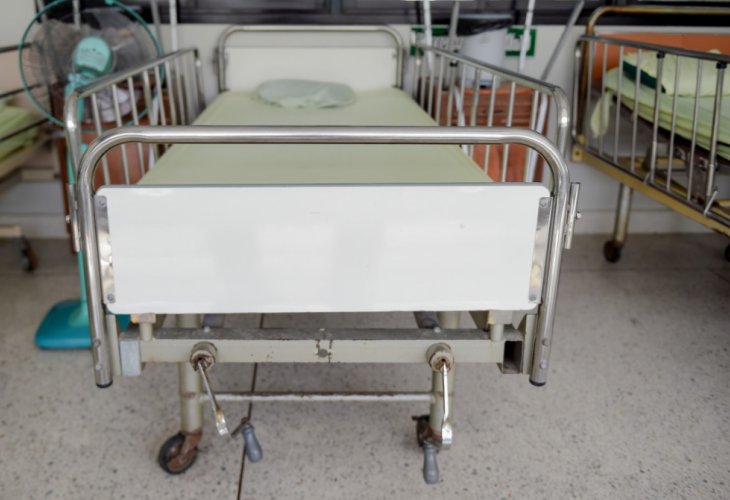After Death: Laws of Purifying the Deceased
Understanding the purification process for the deceased, and the specific rules for those who died in unusual circumstances
 (Photo: shutterstock)
(Photo: shutterstock)Purification
The deceased is washed and rinsed, and afterward their bodily openings are sealed to prevent air from entering them, and they are anointed with perfumed water. (Rambam Laws of Mourning 4:1. A 84)
Men perform the purification for male deceased only, and women perform the purification for female deceased only, and this should not be changed under any circumstances. If a woman has passed away and no woman is found to purify her, she should be buried in her clothes without purification. (D 716) Women who are engaged in purifying other women are permitted to do so even during their menstrual period without concern. (Responsa Minchat Elazar. Taharat HaBayit 2:207)
Linen Shrouds
After purification, the deceased is dressed in white linen shrouds, which must be sewn with linen threads specifically, without any mixture of another kind whatsoever. (Rambam ibid. A 86)
In the Talmud (Tractate Moed Katan 27b) it states: Initially, the burial expenses [that is, the expenses incurred for the deceased] were more difficult for the relatives than the death itself [because they would customarily dress the deceased in expensive shrouds], and the relatives would abandon the deceased and flee. Until Rabban Gamliel [the leader of Israel] came and treated himself simply, and was brought out in linen shrouds, and then the people followed his practice and began using linen garments. Additionally, the book Yalkut Reuveni writes: Know that there is a great secret in wearing linen garments, for any deceased who is dressed in linen garments, every prosecutor against them turns into a defender. And even for a person who has lost many children due to the evil eye or witchcraft or evil spirits, if he dresses his newborn son solely in linen without any other material, he is protected from all these through this remedy. However, if even a single thread of another material is mixed in, it invalidates it. (A 86)
Unnatural Death
One who fell from a roof and died, or died in an accident, or was killed by another person or similar cases, does not undergo the purification process mentioned above, lest they lose some of the blood of life that needs to be buried. Their clothes are not removed to dress them in shrouds, rather they are buried in their clothes with their shoes on their feet as they were found, and shrouds are wrapped over them, in case a quarter-measure of life blood is absorbed in their clothes. This is especially true if blood came out after death, as the blood is considered like their flesh and requires burial.
If someone drowned in a river or fell and received dry injuries in a way that no blood came out, they undergo purification like other deceased. (A 87, 89)
If someone died in a way that required burial in their clothes, but there was a mistake and their clothes were removed, they were dressed in shrouds and buried that way, the grave should be opened and their clothes placed there. The proper approach is not to open the entire grave to the body of the deceased, but only to the stones above the deceased, and forgiveness should be asked from the deceased when opening the grave. (A 89. Responsa Yabia Omer part 9 Yoreh Deah section 35)
A woman in childbirth who died while bleeding, does not undergo purification, but if she died several days after giving birth when the bleeding had already stopped, she is purified. (A 87, 89)

